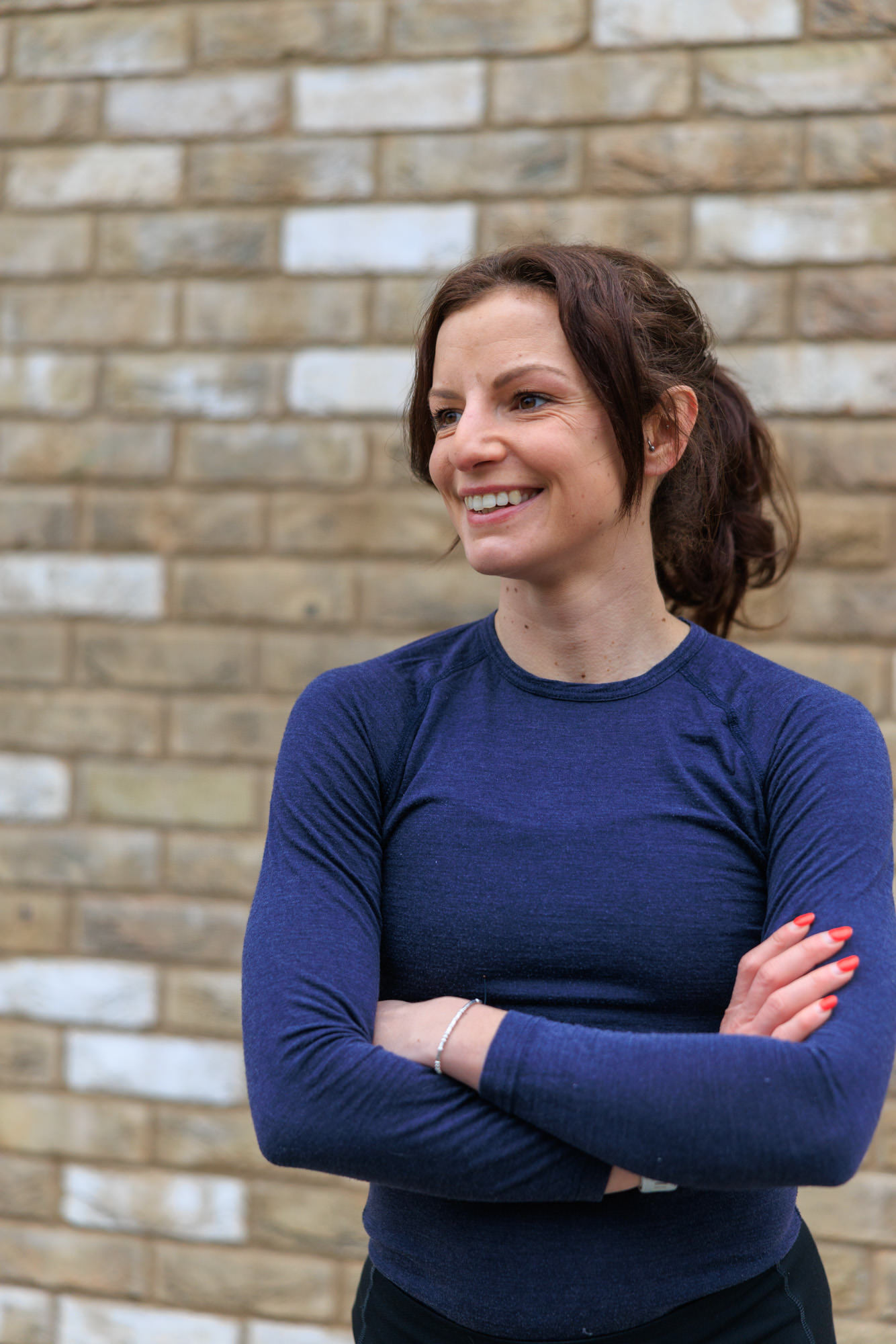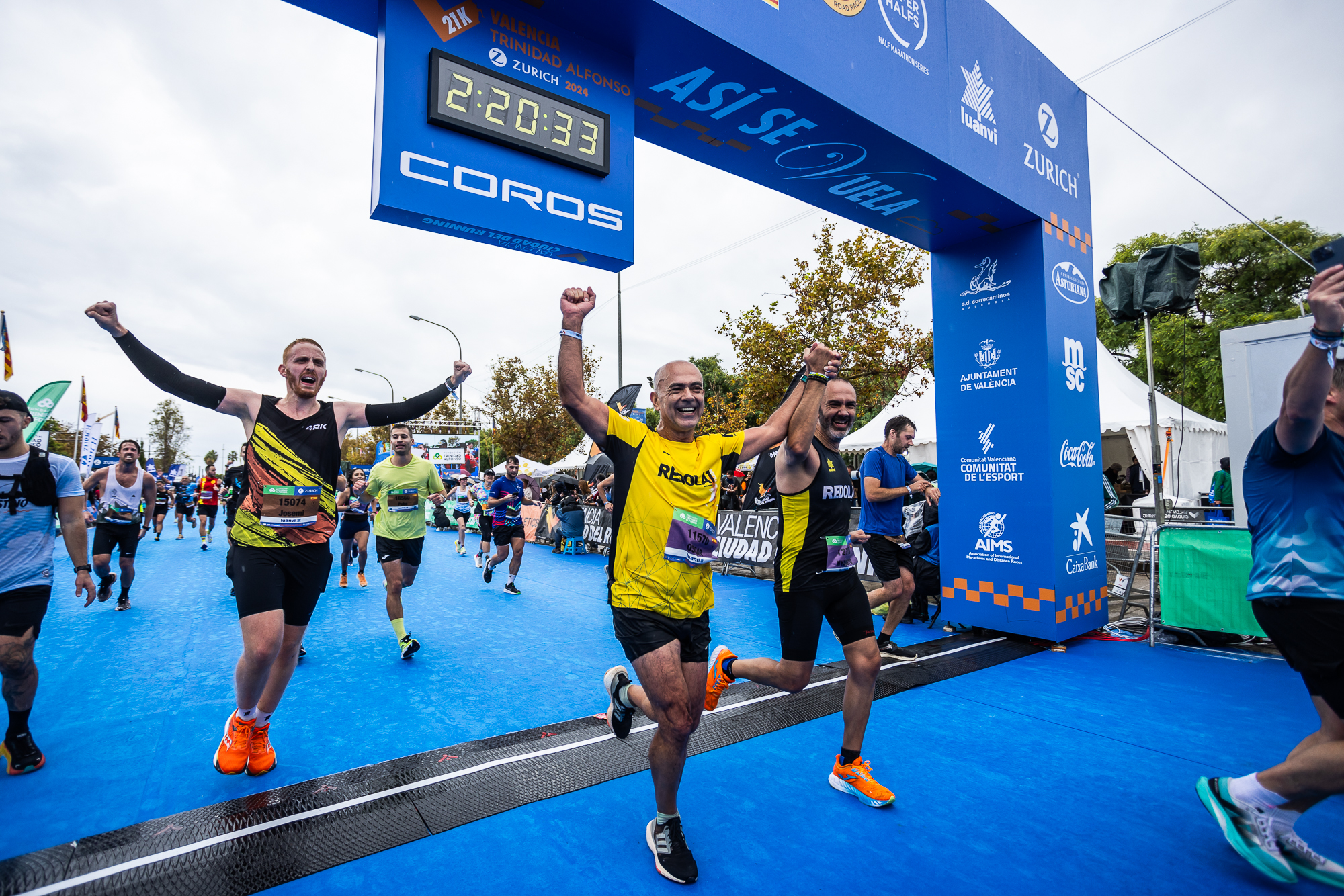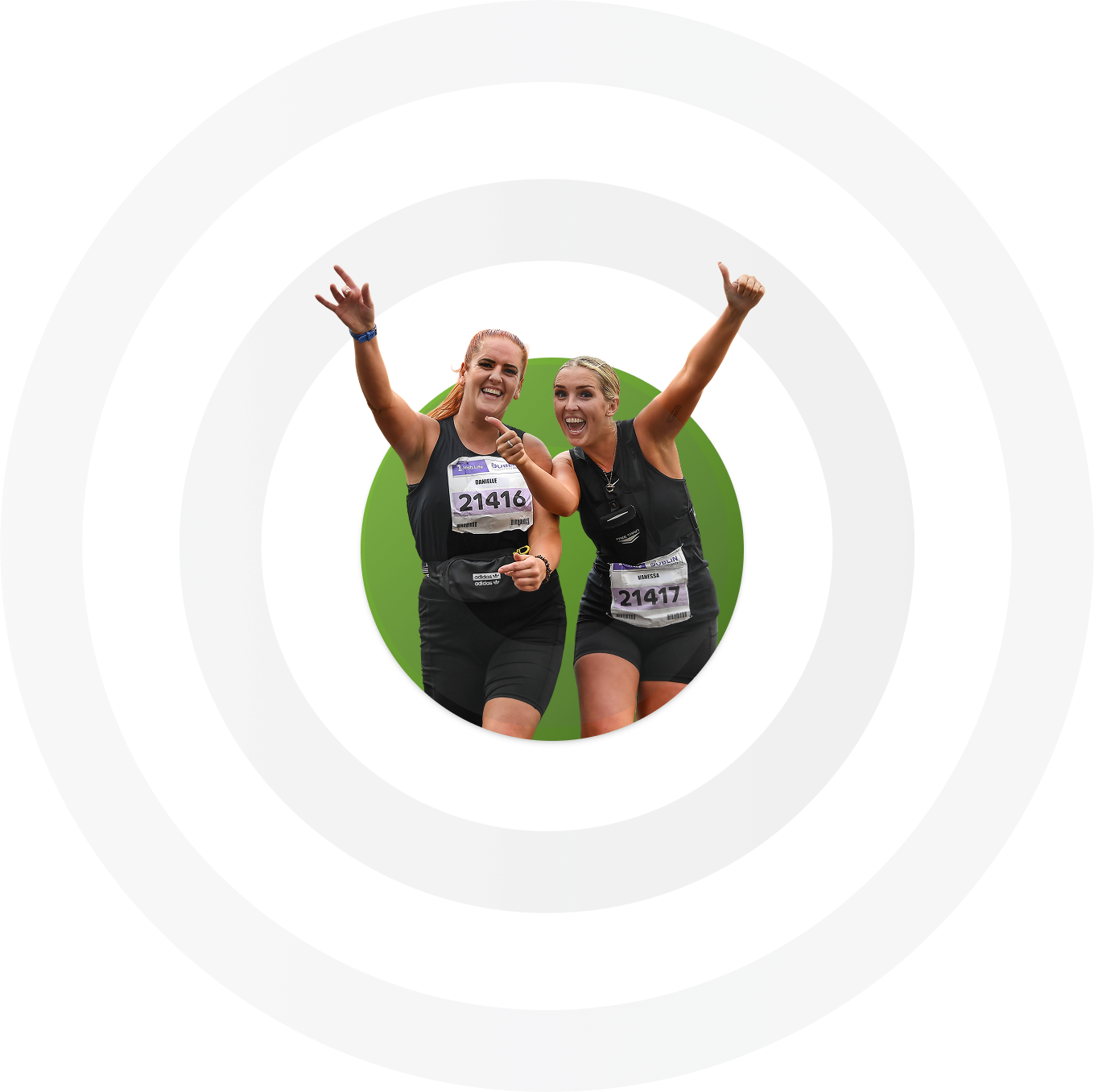Every runner dreams of making a breakthrough. It might be something such as breaking three hours for a marathon, or simply just being able to run for 20 minutes non-stop. Whatever your running goal, here's some tips to help you make that running breakthrough.
Running consistently
Runners talk about having a base, and this can be misleading. A running base is not just about clocking up a certain amount of distance over a month or week, but is about clocking up a good base consistently over a period of time. Just about every runner who is able to run consistently ends up breaking through to a new level.
Try and stay injury-free
Ok, no-one sets out to get injured but by staying injury-free allows you to run consistently. Running every week will allow you to make a breakthrough, whatever your level of running. Staying injury-free is more likely if you include the correct amount of rest and recovery, and employ good recovery techniques such as good nutrition, stretching and foam rolling.
Clock up the distance
Distance is an important factor in training. The key is getting the balance right so that you avoid injury, illness or overtraining. Longer runs help improve muscular endurance and aerobic capacity while shorter runs developing aerobic capacity and allow for recovery for the next long run. The long run should generally be around 50 to 100 per cent longer than your regular run.
Include hills in your training
Hill training can be the key to a breakthrough. The physical effort of hill running strengthens the legs and improves your aerobic capacity. Useful hill sessions include non-stop runs of one to two hours over hilly terrain, uphill runs of 15 to 30 minutes non-stop uphill, and hill repetition sessions such as 4 to 6 x 5 minutes at approximately 10km effort with jog back down to recover between repetitions.
Improve your anaerobic threshold
Olympic Marathoner and exercise physiologist, Peter Pfitzinger, considers that 'AT' is the single biggest determinant in running potential for endurance athletes. AT is your maximum aerobic ability, and this determines how long you can run at race pace for and how fast you can run before going anaerobic. You should work on AT almost all year round. The key is controlling the effort, which should be somewhere between your 10km and half marathon pace. Useful AT sessions are 30 minute runs at half marathon pace or sessions such as 4 to 6 x 1,500m at 10 seconds per kilometre slower than 10km pace with 2 minute recovery between repetitions.
Improve your running biomechanics
Increasing your basic form and flexibility can lead to an increase in stride length and stride turn over. In theory, a 2cm (0.8in) increase in stride length and 0.1 second improvement in leg turnover can mean savings of approximately 45 to 60 seconds over 10km. If nothing else, improving biomechanics will help make you a more efficient runner.Improving biomechanics involves improvements in flexibility, form, basic speed and core strength. Try a circuit training session that includes form drills, fast relaxed striding, and body weight exercises to improve abdominal, back and glute strength.
Recovery and rest is key
Running can be hard on the body, so the body must be allowed a break from the stress it is under to allow it to recover. Continual stress will eventually lead to injury or illness. The body adapts to handle the stresses of running, but it is unable to adapt if it is being placed under stress every day. The secret for runners is knowing when your body needs rest. Traditionally runners have planned easier days after hard days and maybe even a few days off here and there.
Lifestyle choices
You may not think that your lifestyle can help you to make a running performance breakthrough. Part of the recovery picture is the lifestyle you lead. If you are struggling with your career or home life, then your running will struggle too. Try and alter your running to suit your lifestyle. You need to find the level of training where you can function effectively in all facets of life. Reducing your running according to the relative level of everyday stresses can actually result in better racing performance.
Periodisation including all methods of training in the right place
Everything you have read above is a useful tool in the search for a breakthrough. But even more useful is knowing when to use them. For years people have considered that Lydiard training is about huge miles to build endurance, when in fact Lydiard himself will say that his tried and true method is a system that includes all methods of training in the right place.
The key is to think like a baby. We all start life crawling before we can walk, walking before we can run and running slow before we run fast. If along the way they get tired or sore, kids just take a break before trying again.
The sport of running is just an extension of that. Slower, easier running tones muscles and builds aerobic power for the harder, faster running needed to run fast races. Along the way you have to allow your body to get used to what it is doing by scheduling regular recovery both in the short term and long term.
Pick a goal, then work back say four months.
1. First month
Spend the first month running slow and easy and gradually building up to the maximum mileage you can handle (or want to handle). Remember to schedule some easier days, and every once in a while an easier week too.
2. Second month
In the second month maintain the same distances but gradually introduce more hills for extra strength, and the occasional harder run to start pushing your maximum aerobic ability.
3. Third month
In the third month gradually replace your hill running with some fast running at race pace.
4. Fourth month
Then in the fourth month it is time to sharpen-up and freshen-up by gradually decreasing your distances covered and swap the race pace running for shorter running at faster than race pace. Because you are decreasing your distances, you are also recovering and pretty soon you will be jumping out of your skin because not only are you fit, but you are fresh. Now you are ready for a breakthrough.
Pushing a bit harder to improve your running
Pushing a bit harder will help you to make a running performance breakthrough. To ensure continual improvement you have to continually give the body new things to adapt to. The same training which produced a breakthrough this year, may not do the same if you employ it again next year. To keep improving, you need to put a bit more into your training every year.
The best way to do this is to consider the weaknesses in your running and place a bit more emphasis on developing them. That might mean putting a bit more into that month of hill training. Or it could mean opting to run six days a week rather than five. It might be increasing the length of your long run, or doing two long runs a week instead of one.
Whatever your running goal, the key to making a breakthrough is about pushing the body that bit harder, but doing it in a manner that will not lead to injury or amount to overtraining.

.png)




-min.jpg)

